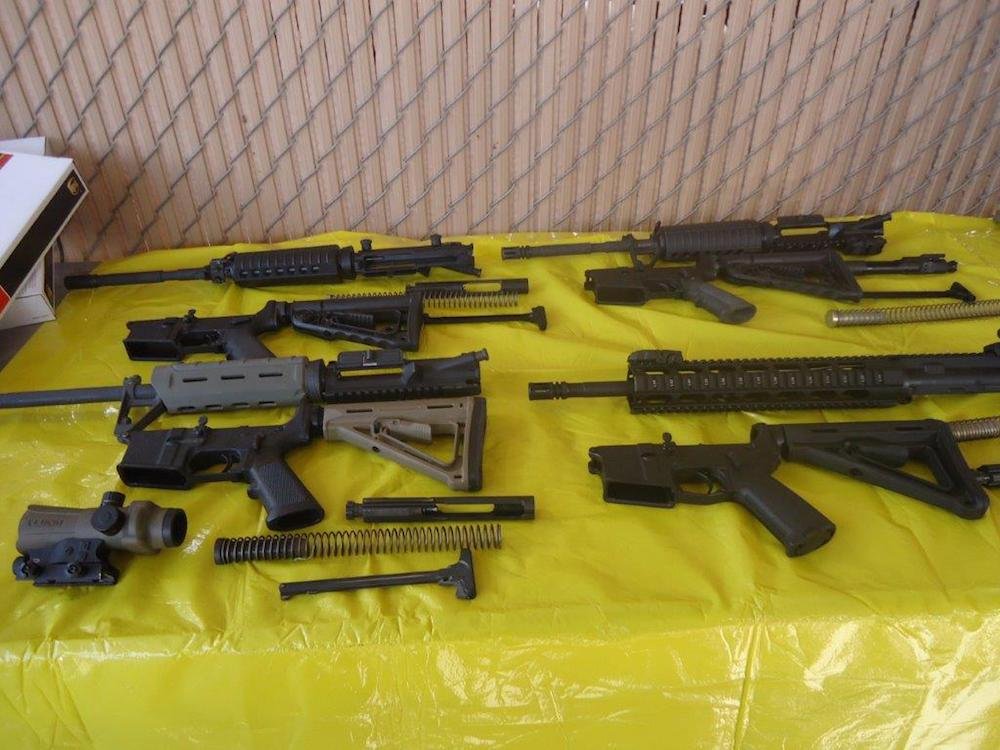Business
Rising Danger: The Surge of 3D-Printed Guns in the U.S. and Beyond

Authorities are investigating the recent shooting of UnitedHealthcare CEO Brian Thompson, which occurred on December 4, 2024. They have identified a 3D-printed gun as the weapon used in the incident. Such firearms, often referred to as “ghost guns,” have surged in prevalence and pose significant challenges for law enforcement.
Ghost guns, created using commercially available 3D printers, can be made either partially or fully from plastic or metal materials. Because they typically lack serial numbers, tracing their origins becomes exceedingly difficult. This issue is now under scrutiny, with the U.S. Supreme Court reviewing existing federal regulations concerning these firearms.
The trend of 3D-printed firearms in criminal activities is not new. The earliest known case occurred in the U.K. in 2013. Since then, police reports across various countries indicate a sharp increase in the discovery of these weapons.
Data from the U.S. Bureau of Alcohol, Tobacco, Firearms and Explosives revealed a significant spike in arrests and seizures related to ghost guns. Between 2017 and 2021, law enforcement seized nearly 38,000 suspected ghost guns. In 2021 alone, agencies traced 19,273 of these firearms, rising markedly from the 8,504 traced in 2020. Particularly noteworthy has been New York State, where seizures skyrocketed from 100 in 2019 to 637 in 2022.
Furthermore, the first half of 2023 saw 108 arrests tied to 3D-printed firearms, up from 66 in the entirety of 2022. North America has reported the highest number of such arrests, totaling 166 cases from 2013 through June 2023. Europe and Oceania follow with 48 and 24 cases, respectively.
The rising concern over ghost guns is compounded by their association with violent intent. Reports indicate that various extremist groups—including far-right organizations and terrorists—have sought to manufacture and utilize these firearms. A study tracking 165 cases reveals that approximately 15% were connected to terrorism, primarily from far-right entities.
Legal approaches to regulating 3D-printed firearms vary significantly across nations. Japan has strict laws prohibiting unauthorized production, while Canada has enacted effective bans on ghost guns, outlawing possession or manufacture without proper licensing. Australia has similar prohibitions, with severe penalties for possession of blueprints for these weapons.
In the European Union, homemade firearms are largely prohibited, but varying laws exist on possession of digital files related to 3D-printing firearms. The U.K. recently updated legislation specifically targeting 3D-printed guns, aiming to address the nuances of this modern threat without relying on outdated firearm laws.
As for the United States, regulations surrounding ghost guns exist within a complex legal framework. The First and Second Amendments present challenges in enforcing regulations while respecting freedoms. Federal law mandates that certain components must bear serial numbers, yet loopholes allow for personal production of ghost guns.
Your safety remains a priority as jurisdictions move to implement measures addressing 3D-printed firearms. By November 2024, 15 states had begun regulating ghost guns, with requirements such as serial numbers and background checks for parts purchases. New Jersey has mandated registration for all ghost guns, while New York is considering stringent penalties for manufacturing these dangerous weapons.
As technology evolves, the challenge of regulating 3D-printed firearms becomes increasingly complex. Lawmakers must adapt to effectively mitigate the potential risks posed by these untraceable weapons.


















